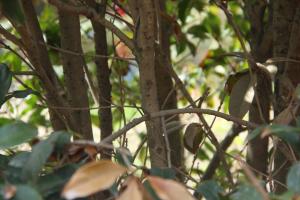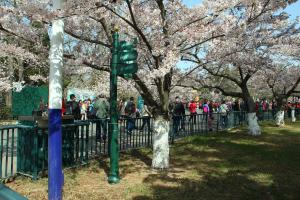Can You Plant Magnolia Trees in Kansas?
Kansas is a state located in the Midwest region of the United States. The climate in Kansas is characterized by hot summers and cold winters, making it less than ideal for growing certain types of plants. However, many people wonder if it is possible to grow magnolia trees in Kansas. The answer to this question is not straightforward, as it depends on a variety of factors.
Climate and Growing Conditions
Magnolia trees are typically found in the southeastern United States, where the climate is warm and humid. Therefore, it is important to consider the climate and growing conditions in Kansas before deciding whether or not to plant a magnolia tree. While Kansas does experience hot summers, it also has cold winters and low humidity levels, which can make it difficult for magnolia trees to thrive. If you decide to plant a magnolia tree in Kansas, it is important to choose a variety that is well-suited to the climate and growing conditions of the region.
Choosing the Right Variety
There are many different varieties of magnolia trees, each with its own unique set of characteristics. When choosing a magnolia tree to plant in Kansas, it is important to consider factors such as cold hardiness, drought tolerance, and disease resistance. Some varieties that are well-suited to Kansas include the Saucer Magnolia, the Sweetbay Magnolia, and the Cucumber Tree Magnolia. These varieties are known for their ability to withstand cold winters, low humidity levels, and other environmental factors that are common in Kansas.
Planting and Care
Once you have chosen the right variety of magnolia tree for your Kansas garden, it is important to properly prepare the soil and ensure that the tree is planted in a location that receives adequate sunlight and drainage. Magnolia trees prefer moist, well-drained soil and thrive in full sun to partial shade. When planting a magnolia tree in Kansas, it is important to avoid areas that are prone to standing water or soil that is heavy and compacted, as this can lead to root rot and other issues.
To care for your magnolia tree, it is important to water it regularly during the growing season and fertilize it with a high-quality balanced fertilizer. Pruning is also important, as it can help to shape the tree and promote healthy growth. It is best to prune magnolia trees in late winter or early spring, before the new growth begins to emerge.
In Conclusion
While growing magnolia trees in Kansas can be a challenge, it is certainly possible with the right variety, planting location, and care. By choosing a well-suited variety, properly preparing the soil, and providing adequate water and nutrients, you can successfully grow a beautiful and healthy magnolia tree in your Kansas garden.

 how many times do yo...
how many times do yo... how many planted tre...
how many planted tre... how many pine trees ...
how many pine trees ... how many pecan trees...
how many pecan trees... how many plants comp...
how many plants comp... how many plants can ...
how many plants can ... how many plants and ...
how many plants and ... how many pepper plan...
how many pepper plan...































